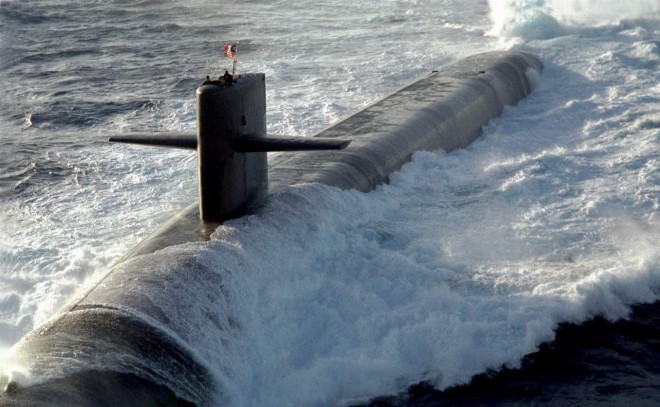One of the most critical aspects of the US military’s fleet of submarines is the ability to operate in almost total silence.
When a submarine is submerged under the surface of the ocean, it’s obviously difficult to see, but also needs to operate quietly to avoid detection from hostile forces. As such, the US Navy has been working on a new and revolutionary nuclear drive system for its formidable fleet of subs that promises to be more efficient and quieter than systems in use today.

The new nuclear submarine technology is part of the ballistic missile submarine Ohio replacement program. Essentially, the program focuses on a drive system that doesn’t need to be refueled for its entire 50-year lifespan. The system also eliminates direct mechanical connections to the drivetrain in an effort to reduce as much excess noise as possible.
Indeed, the submarines will be adopting an unspecified type of electric drive, at least according to the U.S. Navy’s chief weapons buyer Sean Stackley. This is in contrast with the current fleet of ballistic missile submarines, which is equipped with a direct mechanical connection to the props that push the submarine through the water. In the present configuration, the nuclear reactor creates steam that drives turbines, which eventually turns the propellers to push the submarine forward.
Interestingly, the Navy wants to use the power from the reactor to create an electrical grid inside the submarine. Power generated by the reactor would flow into this electrical grid and turn electric motors that would drive the propellers through water. The elimination of that mechanical connection would mean less noise.
Eliminating the mechanical connection would also reportedly free up power that was previously required to propel the ship. Estimates indicate that 75 to 80% of the power a nuclear submarine generates is used specifically for propelling ship. With the above-mentioned paradigm, excess power would be routed to other ship systems. So yes, designing a reactor capable of generating power for 50 years without refueling is definitely a big deal.
“There is investment in the front end in the reactor plant to arrive at a core that will last the life of the boat,” said Stackley. “By eliminating that midlife refueling, you effectively get greater operational availability out of the boat.”
Wired reports that current mid-life refueling and overhaul costs for the Navy’s fleet of nuclear submarines will likely take three years and carry a hefty price tag of billions.






